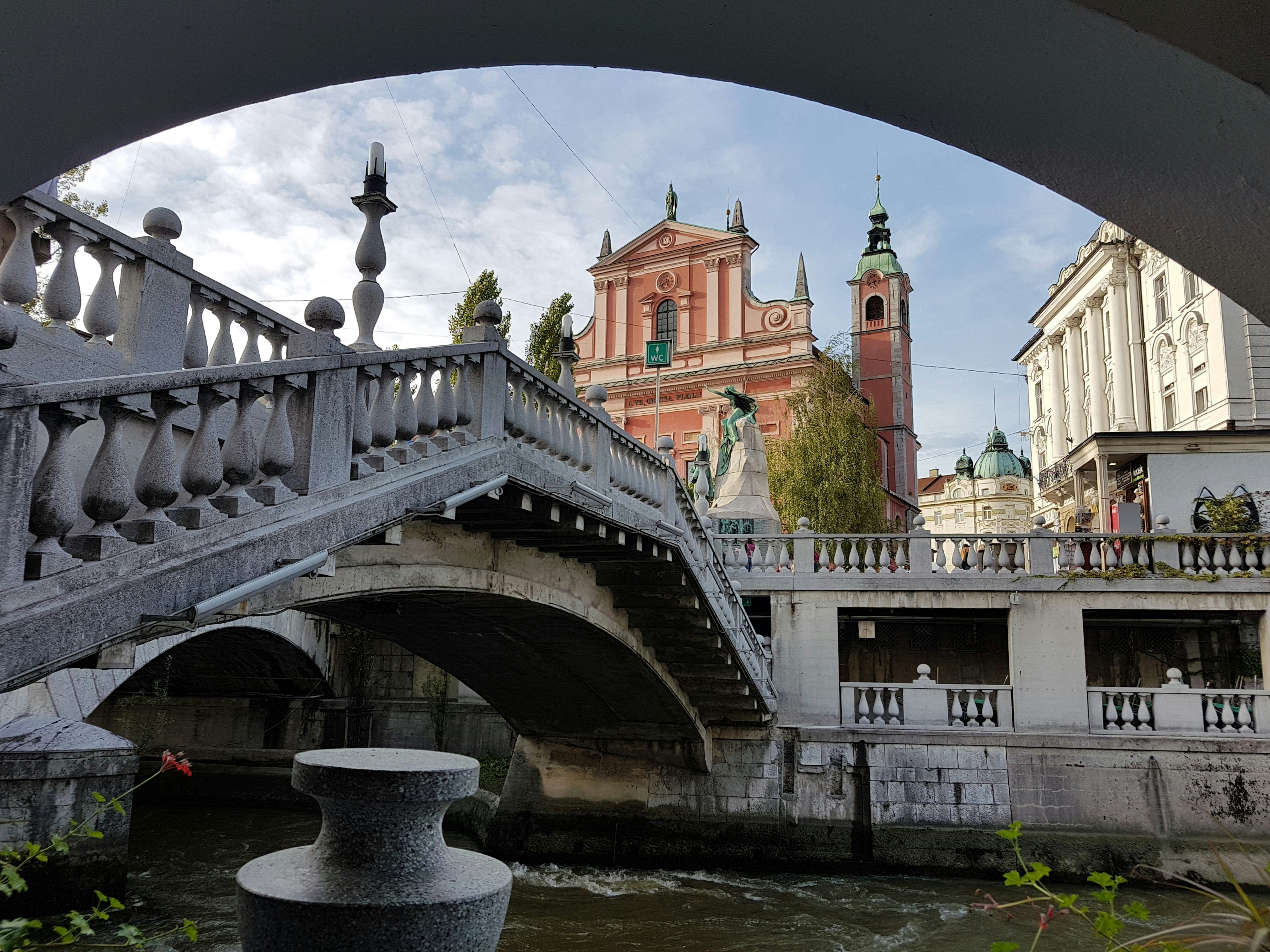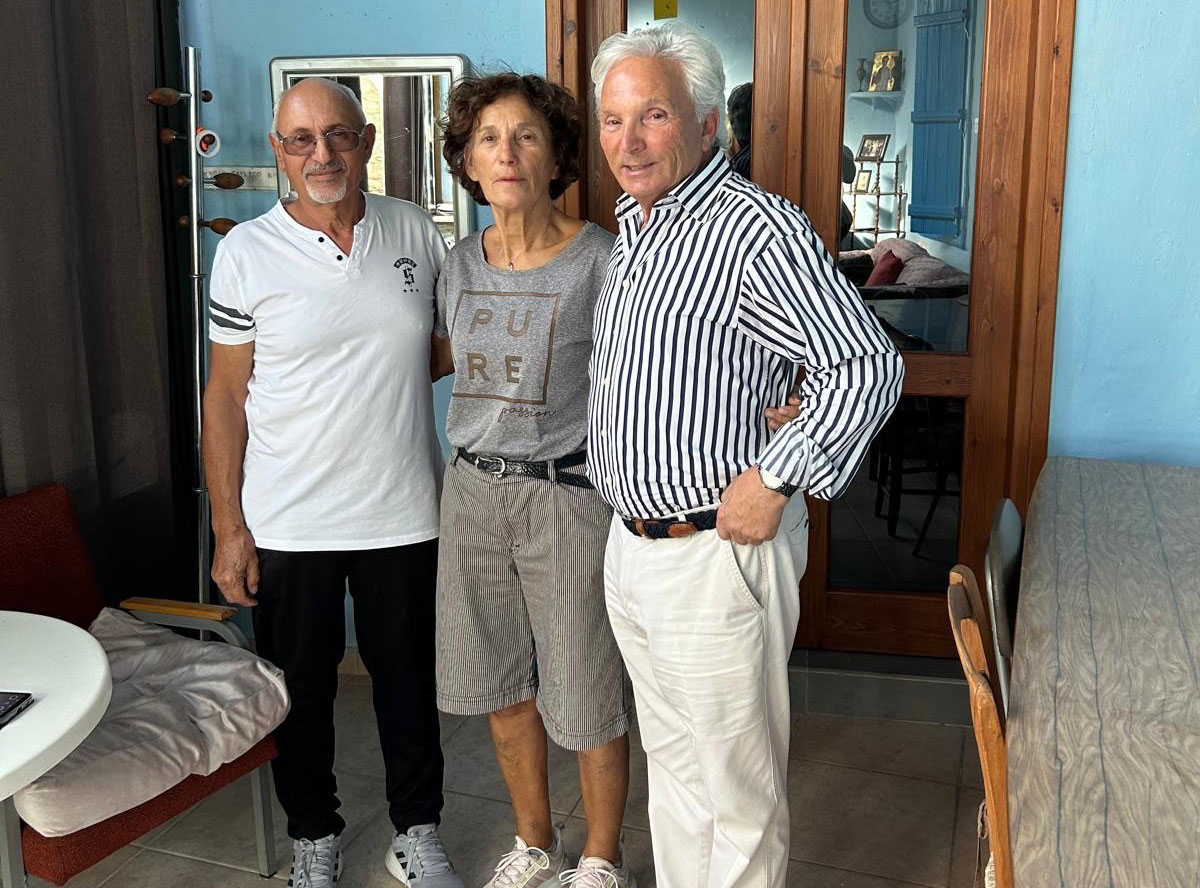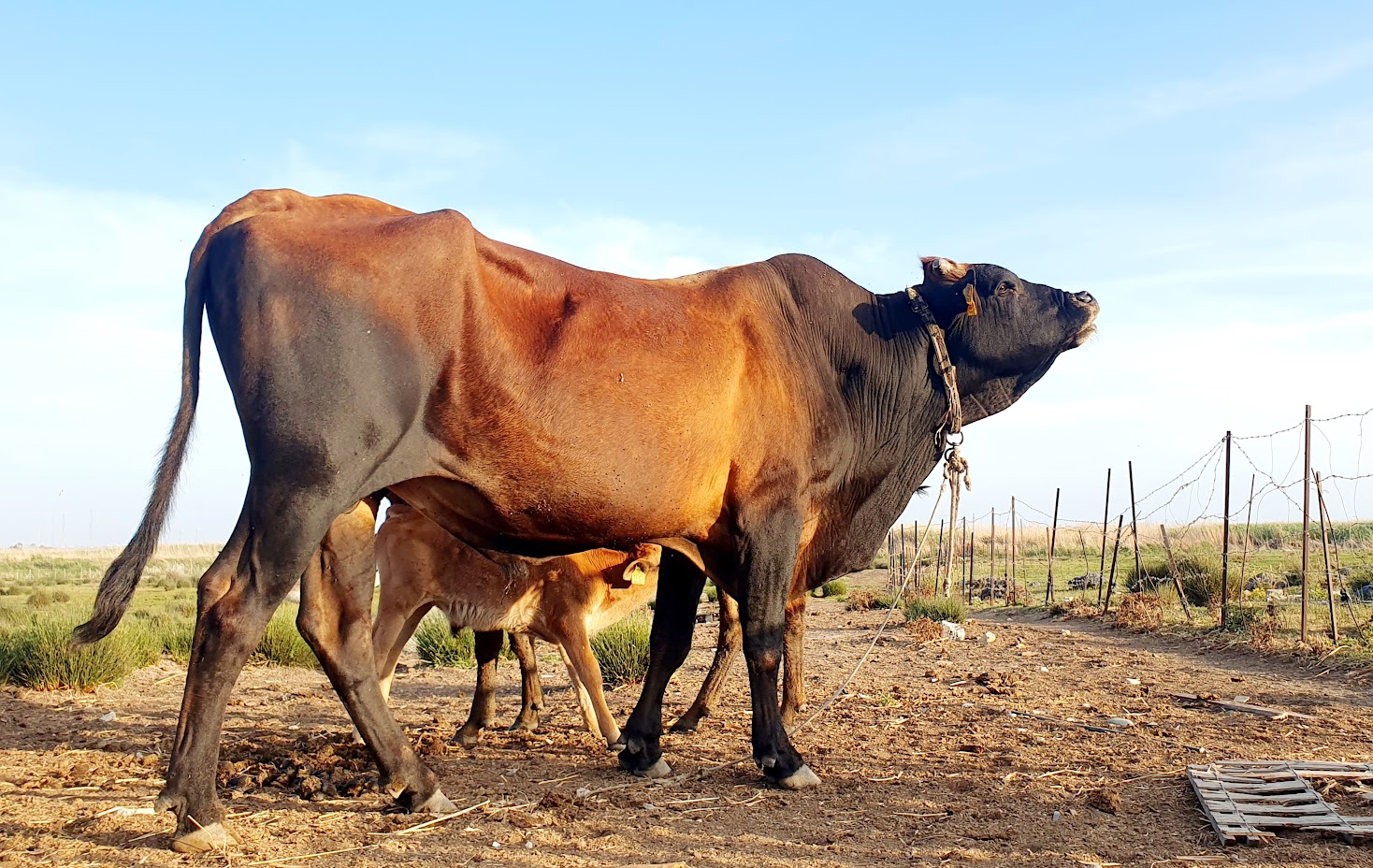Some sit proudly on cliffs or above rivers, others have been absorbed into towns, their towers peeking over rooftops. Together, they trace the country’s layered history: medieval frontiers, Habsburg influence, and centuries of life shaped by trade and geography.
Exploring them isn’t about ticking off monuments. It’s about moving through landscapes where history still feels woven into the scenery.
Ljubljana Castle — The City’s Watchtower
Every Slovenian journey seems to begin in the capital, and so does its castle story. Ljubljana Castle dominates the skyline from its hilltop perch, a mix of medieval walls, Renaissance halls, and 19th-century renovations.
Reaching it is easy: a five-minute funicular ride from the old town or a winding path through the forest. At the top, the view opens over the river, the terracotta roofs, and, on clear days, the Alps beyond.
Inside, exhibitions tell the story of how this fortress shifted from defense to symbol — from a medieval stronghold to a civic space filled with art and concerts. Today, locals come for outdoor film nights, weekend markets, or quiet coffee with a view. The blend of past and present feels effortless, as if the castle were still doing what it always did: keeping watch over the city.
Predjama Castle — Built into Stone
In a country of scenic surprises, Predjama Castle might be the most astonishing. About an hour southwest of Ljubljana, near Postojna, it appears halfway up a 123-meter cliff — part fortress, part cave.
Built in the 13th century, it was once home to the knight Erazem of Predjama, Slovenia’s own Robin Hood figure. Legend says he held off a siege for a year thanks to a secret tunnel that connected the castle to the outside world.
Today, you can tour the rooms built into rock — kitchens, chambers, dungeons — and feel the air turn cool as you step deeper into the mountain. In summer, swallows circle the cliffs outside; in winter, the castle feels silent and impenetrable. Few buildings anywhere are so physically tied to their surroundings.
Predjama is often combined with a visit to the nearby Postojna Cave, one of Europe’s largest underground systems. The contrast between light and dark, fortress and cavern, makes for one of Slovenia’s most unforgettable day trips.
Bled Castle — Above the Iconic Lake
If there’s a castle that defines Slovenia’s postcard image, it’s Bled. Set on a cliff 130 meters above the lake, it’s both scenic and symbolic — a combination of legend, religion, and natural beauty.
The castle dates back to the 11th century, though most of what stands today was rebuilt in later centuries. Its courtyards and terraces provide perfect vantage points over the water, the island church, and the mountains beyond. Inside, small exhibitions explain Bled’s evolution from medieval outpost to romantic resort.
But the real experience is outside: the view, the air, and the sense that this place has seen every era pass without losing its calm. In early morning, mist drifts across the lake, and the reflection of the castle seems almost weightless.
Many Slovenia cycling tours include Bled Castle as part of their routes, connecting lake circuits with nearby valleys and vineyards. It’s an ideal way to blend history, landscape, and movement — seeing the country’s medieval landmarks at the same unhurried pace that shaped them.
Celje Castle — The Seat of the Counts
In eastern Slovenia, Celje Castle stands as a reminder of the country’s medieval power. The Counts of Celje were once among Central Europe’s most influential noble families, their reach stretching across modern Slovenia, Croatia, and Hungary.
The castle’s size still impresses: towers, walls, and courtyards stretching over a ridge above the Savinja River. Its stories mix ambition and tragedy — alliances with emperors, marriages into royalty, and sudden downfall.
Today, the restored walls host open-air concerts and summer medieval fairs. Walking through them, you can imagine the clatter of armor, the noise of horses, and the echo of politics that once shaped the region.
Snežnik Castle — Forest Reflections
In the south, Snežnik Castle offers a different kind of grandeur. It’s not perched on a cliff or guarding a town, but resting beside a pond, surrounded by dense forest. The white façade and red roof reflect perfectly in the still water, a quiet mirror of symmetry.
Inside, the rooms remain as they were in the 19th century, furnished with hunting trophies, embroidery, and old books. It feels like a place paused in time — the kind of castle where you can hear the creak of every floorboard.
The nearby forests of Lož Valley add to the sense of isolation. This is the Slovenia of lakes and meadows, far from crowds, where nature and architecture blend into the same silence.
Ptuj Castle — Layers of Time
Ptuj, Slovenia’s oldest town, has a castle that captures the full sweep of its history. Romans, medieval bishops, and Habsburg nobles all left their mark here.
The castle sits above the Drava River, its courtyard opening toward the tiled roofs below. Inside, the museum is one of Slovenia’s best: tapestries, portraits, musical instruments, and traditional masks from the Kurentovanje festival.
Unlike many castles that feel removed from daily life, Ptuj’s is still part of the town’s rhythm. Locals walk the hill for the view, couples sit on the walls at sunset, and concerts fill the courtyard in summer. It’s history still in use, not just preserved.
Why Slovenia’s Castles Still Matter
Slovenia’s castles tell more than stories of knights and nobles. They show how a small country sat at the crossroads of empires — Roman, Habsburg, Venetian — and absorbed influences from each without losing its own character.
What’s striking is how many are still alive. Some hold museums or events, others house hotels, galleries, or restaurants. A few, like Predjama or Bled, have become symbols of the country itself.
Exploring them is a reminder that in Slovenia, history isn’t hidden behind ropes. It’s part of the view, part of the road, and often just around the next bend. Whether you reach them by car, train, or bike, each castle adds a layer to the landscape — stone by stone, century by century.







Click here to change your cookie preferences